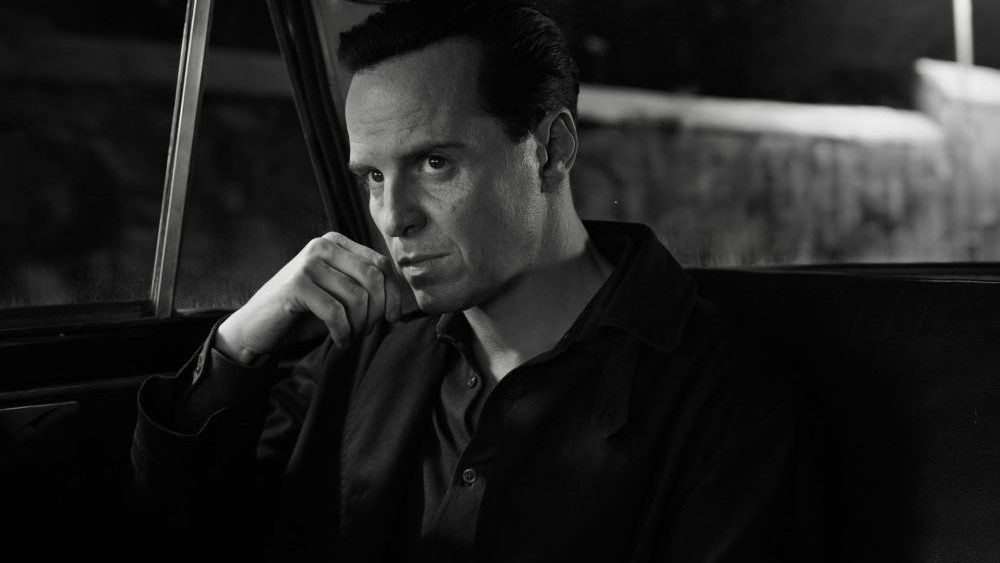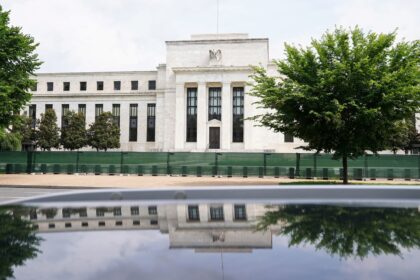Music for drama can take on different styles and colours, as evidenced by three of this year’s most talked-about miniseries.
Jeff Russo spent two and a half years thinking about and composing the music for ‘Ripley’, Steven Zaillian’s eight-part thriller about a sociopath (Andrew Scott) who finds the good life in 1960s Italy worthwhile to kill for.
“Every piece of music I wrote was related to Tom Ripley,” Russo (an Emmy winner for “Fargo”) says of the Netflix series. “It all had to do with Tom’s state of mind. We’re either in Tom’s head – the tension he’s feeling, the strange feeling he’s feeling, or the sinister aspect of what he’s feeling.
Zaillian gave Russo the key: don’t start with episode 1, start with episode 7 (as the Italian police are closing in). “He wanted me to write the near-end [of the story] and then deconstructed all that material to score Episodes 1, 2, and 3, and he was exactly right.
Russo also wrote and plays (on guitar and variations on the mandolin called mandola and mandicello) the colorful Sicilian-flavored music in the series. A 32-piece orchestra performed the score.
For the Apple TV+ ‘Lessons in Chemistry’, Carlos Rafael Rivera experimented with different musical approaches, some quite unconventional, but ultimately returned to a simple orchestral score, but with themes specific to the characters at the heart of the story.
Elizabeth (Brie Larson) starts out as a brilliant chemist, becomes a single mother and then a star on a TV cooking show. ‘She is a woman of our time, someone of today. I started thinking: what if the melody reflects her life story, her unexpected journey? It goes to unexpected places. It doesn’t do what a standard melody does. That was the goal.”
Rivera, a two-time Emmy winner (“Godless,” “The Queen’s Gambit”), also wrote themes for her lover Calvin (Lewis Pullman) — “he grounds her, brings the humanity, the empathy” — and their daughter Mad. “There are scenes where all three themes are played one after the other in the same cue, and it really feels like a tapestry,” he says.
The series featured jazz singer Mildred Bailey’s 1940 recording “Wham (Re Bop Boom Bam)” among the main title images for seven episodes, but Rivera’s Elizabeth theme replaced it for the eighth and final episode.
For Palm Royale composer Jeff Toyne, the mandate was simple: Score the comedy-drama set in late 1960s Florida as if the film were made then. “No samplers or synthesizers. Very orchestral and really thematic.”
In preparation, Toyne immersed himself in the music of the period (everything from Yma Sumac and the Swingle Singers to the orchestras of Henry Mancini, Pete Rugolo and Hal Mooney).
There are “a dozen or more” character themes, Toyne says, including those for Maxine (Kristen Wiig), Douglas (Josh Lucas) and Norma (Carol Burnett). He remembers getting into the mood by watching “Valley of the Dolls,” drinking a grasshopper and realizing that the ice in his shaker and the pills in a bottle would make great percussive sounds in the score.
Toyne convinced creator-showrunner Abe Sylvia that 1960s-style jazz should be recorded in LA to achieve an authentic period sound. He worked for five months on the 10-part Apple TV+ series.





















